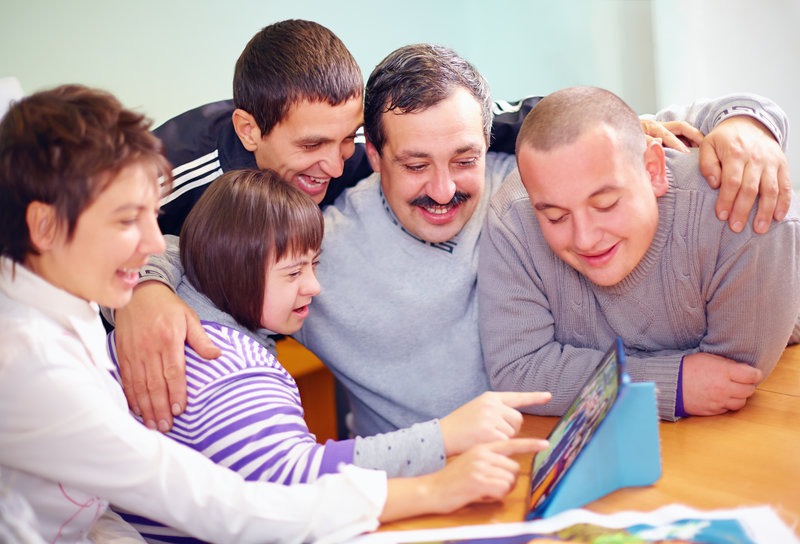We know that technology can be life-changing. In 2017, there are more products on the market than ever before that can significantly enhance your life.
Over 4 million people in Australia are living with a disability. (Australian Institute of Health and Welfare). That’s 1 in 5 people.
Zest Care have reviewed some of the latest adapted devices and Supports available in the market today:
Assistive technology (AT) is defined as any item, piece of equipment, software program, or product system that is used to increase, maintain or improve the functional capabilities of persons with disabilities’. (Assistive Technology Industry Association).
Broadly speaking, AT has been around for a long time and can be low-tech or high tech. Hardware such as prosthetics fall into the definition, as do electronic devices and wheelchairs.
However, AT has been super-charged and made more accessible by more and more tech advancements.
Some technology has been developed specifically for people living with a disability – but many Smartphone apps that were not designed as Supports have an enhancing affect all the same.
Let’s take a look at some of the best, most accessible and cost-effective tech on the market today…
Activate Your Personal Assistant
Vision Australia estimates there are currently 357,000 people in Australia who are blind or have impaired vision. Technologies and aids such as magnifiers, correct lighting or screen reading software assist people with impaired vision to live more independently.
Voice-activated software that is already installed on Smartphones, such as Siri on the iPhone or Android mobile assistants can also be a huge asset. Their features include the ability to call people, send SMS and email and take notes simply through speaking into the phone. This enables the vision impaired to complete tasks more easily. The accessibility feature on iPhone also allows the visually impaired to use synthetic speech and a touch-based interface.
A Second Pair of Eyes
An App which is innovating in its space is Be My Eyes, which ‘connects the blind and visually impaired with sighted helpers from around the world via live video connection.’
The App recognises that the visually impaired often need help to cope with everyday tasks. Users can connect via camera and ask questions about their surroundings, such as what ingredient to select for cooking from the cupboard, or how many stairs are in front of them.
Sync Your Fitness
Maintaining or improving fitness can be challenging for people living with a disability, particularly for wheelchair-users. There are a range of products on the market which have been adapted so that people in wheelchairs can use the tracking functions. The Apple Watch can sync with a wheelchair and its user to track specific activity. For example, a reminder to stand is converted into a reminder to roll around, or spin in place. There are also dedicated activities for ‘wheelchair run pace’ and ‘wheelchair walk pace’.
Smarten Up Your Home
‘Smart homes’ are seen by many as the future. They are homes powered by the Internet of Things (IoT) – or the Internet connecting everyday objects through tiny computer devices, enabling them to send and receive data.
For many, smart homes are simply convenient, for example enabling a fridge to know when you’ve run out of milk and order more. For someone who is living with a disability, having a phone that can unlock the door or turn off the lights can enable independence.
A ‘connected home’ comes at a cost but these are easing as the market is becoming more competitive. The Phillips Hue lights are one such example – a personal wireless lighting system that is affordable, can completely automate a home’s lighting and be customised to daily routines.
Importantly, smart technology can be used together with traditional Supports for people living with a disability.
Resources:
Fitness tracking: Apple Tailors Watch for Wheelchair Users (Sydney morning Herald, September 2016)
Https://www.apple.com/au/accessibility/
For the disabled, smart homes are home sweet home (Forbes, 2015)








